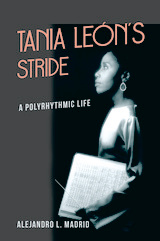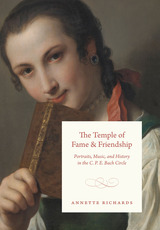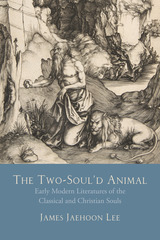4 start with T start with T

Nuanced and multifaceted, Tania León's Stride looks at the life, legacy, and milieu that created and sustained one of the most important figures in American classical music.

One of the most celebrated German composers of the eighteenth century, C. P. E. Bach spent decades assembling an extensive portrait collection of some four hundred music-related items—from oil paintings to engraved prints. The collection was dispersed after Bach’s death in 1788, but with Annette Richards’s painstaking reconstruction, the portraits once again present a vivid panorama of music history and culture, reanimating the sensibility and humor of Bach’s time. Far more than a mere multitude of faces, Richards argues, the collection was a major part of the composer’s work that sought to establish music as an object of aesthetic, philosophical, and historical study.
The Temple of Fame and Friendship brings C. P. E. Bach’s collection to life, giving readers a sense of what it was like for visitors to tour the portrait gallery and experience music in rooms thick with the faces of friends, colleagues, and forebears. She uses the collection to analyze the “portraitive” aspect of Bach’s music, engaging with the influential theories of Swiss physiognomist Johann Caspar Lavater. She also explores the collection as a mode of cultivating and preserving friendship, connecting this to the culture of remembrance that resonates in Bach’s domestic music. Richards shows how the new music historiography of the late eighteenth century, rich in anecdote, memoir, and verbal portrait, was deeply indebted to portrait collecting and its negotiation between presence and detachment, fact and feeling.

A leading eighteenth-century composer, Sammartini was a key figure in the creation of the classic style, particularly the classic symphony. His symphonies and sonatas have survived in greatest number, but of equal interest is the sacred vocal music, a product of his lifelong service as a church musician. This volume lists all Sammartini's known orchestral and vocal works, sacred and secular—286 items. The entries give an incipit of each movement; instrumentation; date if known; a list of early manuscript and printed copies; and other significant information about variants, circumstances of performance, singers, copyists, and the like. The appendices list arrangements, contrafacta, and lost, doubtful, and spurious works.
Music collections in more than seventy-five libraries have been examined in gathering this material. Most compositions are listed here for the first time. In their introduction the authors provide a detailed biography, and discuss the composer's style, the major manuscript sources, and problems of authenticity. They have also included an extensive bibliography. Their book is basic to any study of Sammartini and of this pivotal period in the history of Western music.

The English writers studied in The Two-Soul’d Animal place two prevailing interpretations of the soul’s faculties—one rhetorical on the plane of aesthetics, the other theological on the plane of ethics—into contact as a way to construct a new mode of Christian agency.
READERS
Browse our collection.
PUBLISHERS
See BiblioVault's publisher services.
STUDENT SERVICES
Files for college accessibility offices.
UChicago Accessibility Resources
home | accessibility | search | about | contact us
BiblioVault ® 2001 - 2024
The University of Chicago Press









